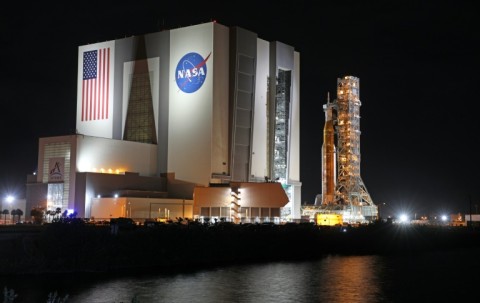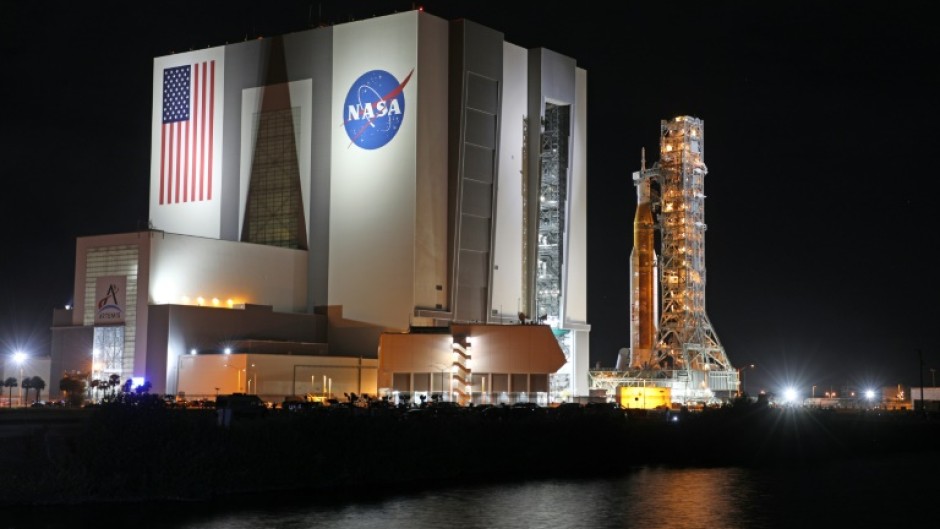
ORLANDO - NASA rolled out its largest-ever rocket to a launch pad in Florida and will try again 10 days from now to blast off on a much-delayed mission to the Moon.
After two launch attempts were scrubbed this summer because of technical problems, the rocket returned to the Vehicle Assembly Building to protect it from Hurricane Ian.
The US space agency used the time to carry out minor repairs and to recharge the batteries that power systems on the Space Launch System (SLS) rocket.
The SLS rocket's six-kilometre journey from the Vehicle Assembly Building to the Kennedy Space Center's Launch Pad 39B took nearly nine hours, NASA said.
The 98m rocket was rolled out slowly on a giant platform known as the crawler-transporter designed to minimize vibrations.
The next launch attempt is scheduled for November 14 with backup dates on November 16 and November 19.
READ: Why go back to the Moon?
"We're comfortable launching at night," NASA associate administrator Jim Free said at a briefing on Thursday.
Free said radar and infrared camera imaging will provide the necessary data to track the rocket's performance.
If the rocket blasts off on November 16, the mission would last a little more than 25 days with the crew capsule splashing down in the Pacific Ocean on December 9.
The highly anticipated uncrewed mission, dubbed Artemis 1, will bring the United States a step closer to returning astronauts to the Moon five decades after humans last walked on the lunar surface.

